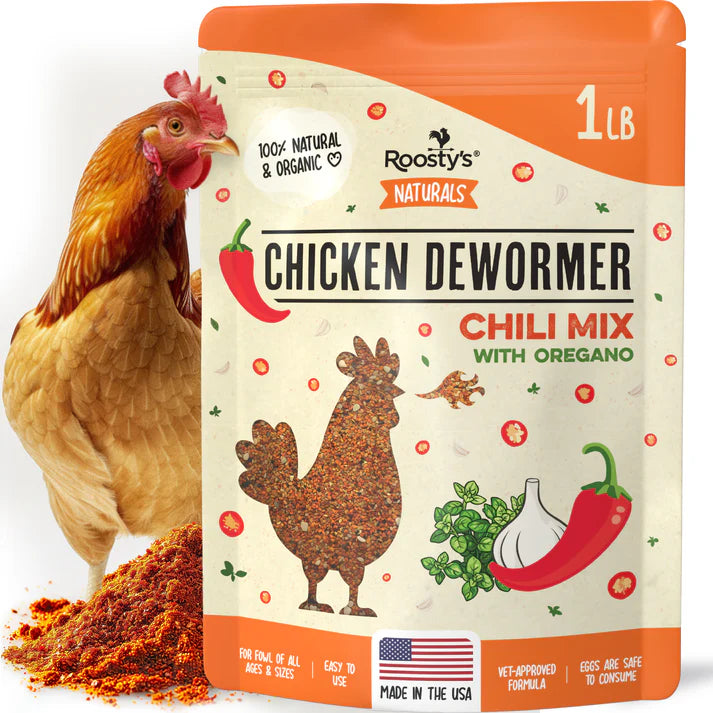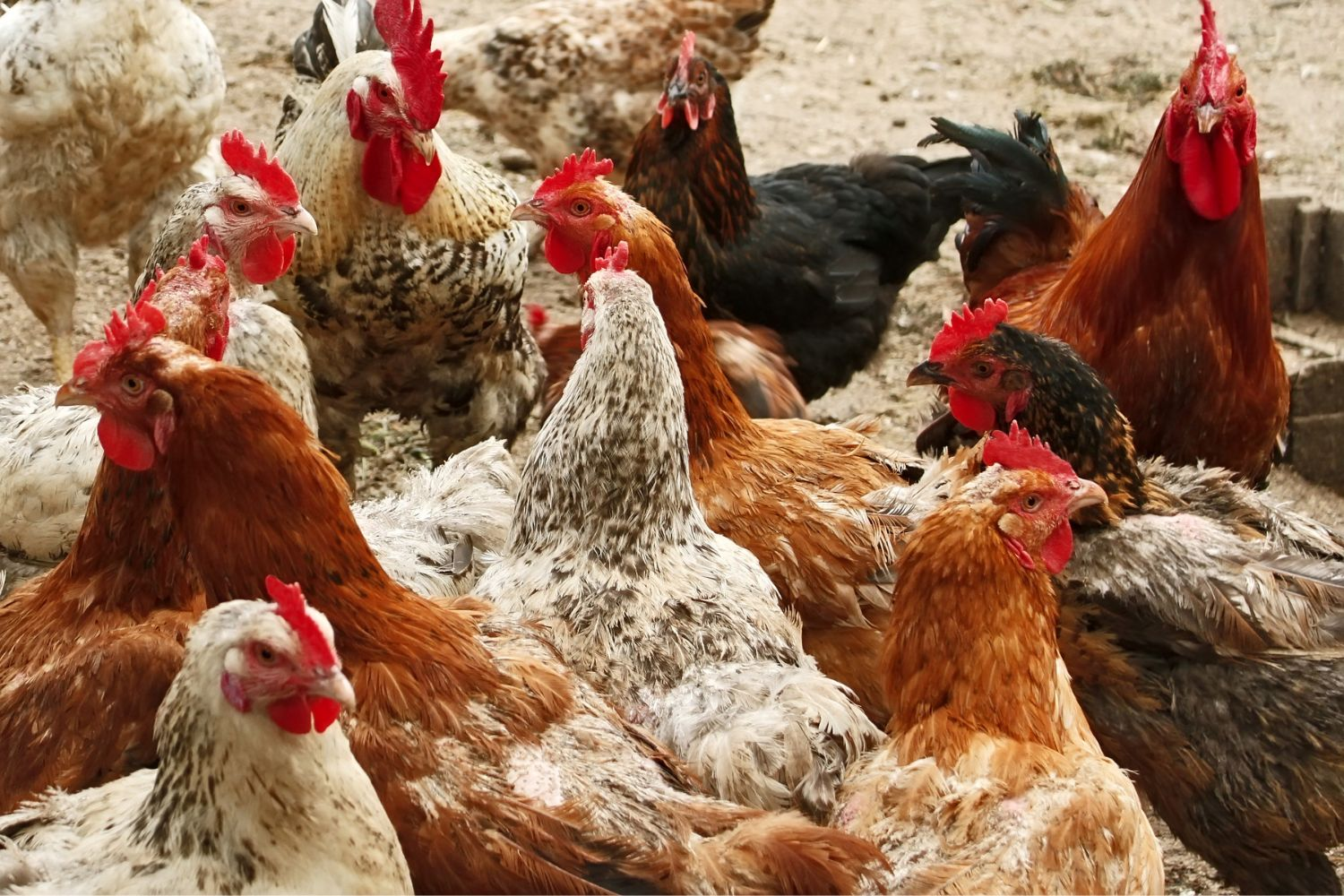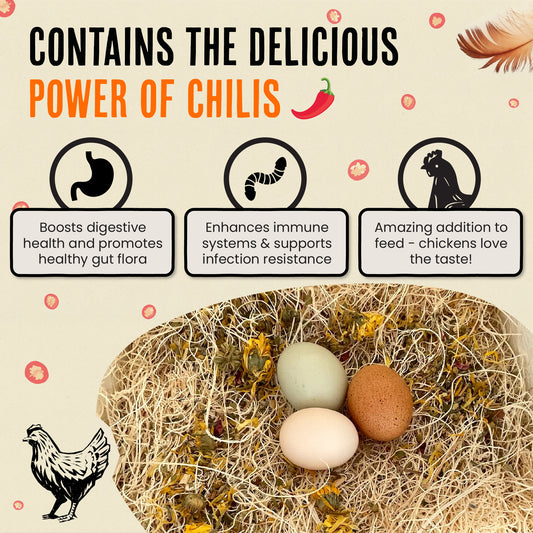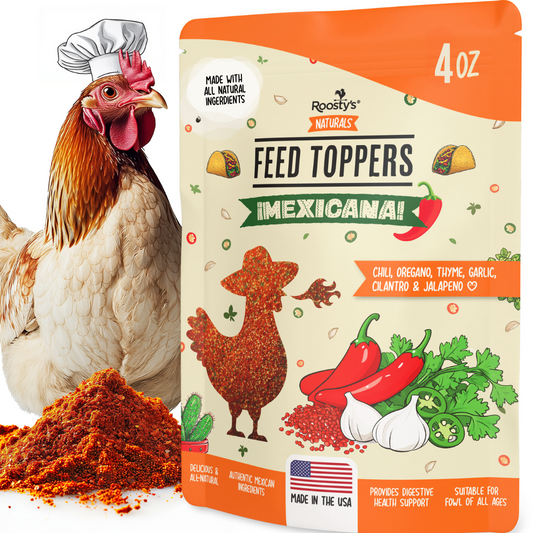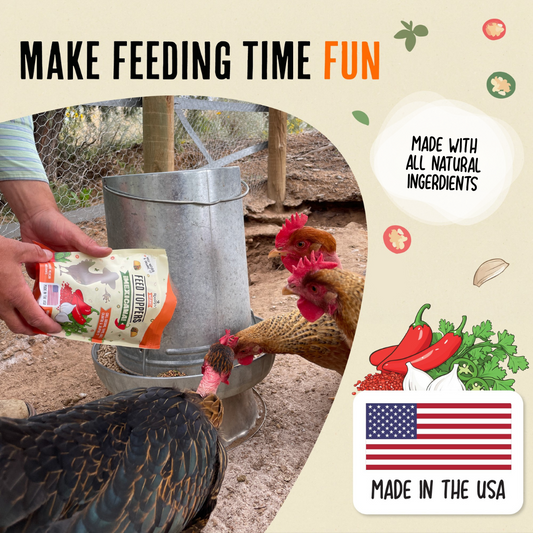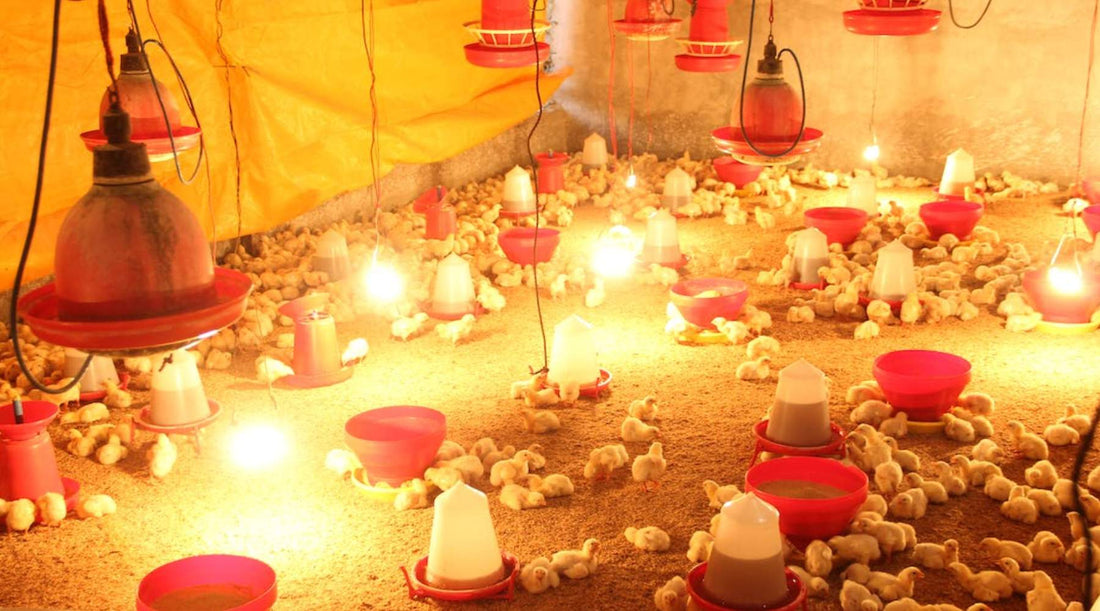
Essential Winter Guide To Heating A Chicken Coop And Keeping Chickens Warm

If you’re keeping chickens in a cold climate where the temperature can drop sharply through the winter months, then you might be wondering whether you should heat your chicken coop.
You may have heard that chickens can withstand cold temperatures and this is true.
However, it could still be worth heating your coop. Providing heat for your chickens will ensure that the cold doesn’t get too much for them.
Chickens will build a tolerance to changes in temperature.
They also have feathers covering their skin to keep them warm. Chickens will even display behavioral changes when the temperature drops.
They will climb higher and bundle close together. However, young chicks will find it more difficult to regulate their temperature and survive the cold. You could also find that the temperature drops to the point where your chicken’s water freezes.
Chickens require a constant water source so it’s important to correct this as soon as you notice the issue. Ideally, you should aim to keep your coop at approximately 40 degrees Fahrenheit.
This is the perfect temperature to ensure that your chickens remain comfortable, even when there’s a chill.
In this guide, we’ll explore how to heat a chicken coop in winter and ensure that your chickens stay warm throughout the year.
--------
Winter Chicken Coop Heating Tips
As mentioned, chickens will withstand the vast majority of temperatures. However, if they don’t stay warm, then they will stop producing eggs.
Weaker chickens may also become ill in the cold weather. That’s why it’s important to explore steps for keeping your chickens warm in winter.
Reduce Drafts
First, it’s important to avoid drafts leaving a chill on your chicken coop. Drafts can cause significant heat loss.
You should check if there are any gaps that need to be filled in. If your chicken coop is not brand new, there probably will be at least a few gaps to repair.
Ventilation
While you shouldn’t leave massive gaps in your chicken coop, you still need to provide your birds with plenty of ventilation.
When setting up your vents, make sure that they are not causing cold air to flow directly onto your chickens. Ventilation will also ensure that cooler air reduces the humidity through the summer months.
Ideally, you should have vents that you can easily open and close. This means that you can keep your chicken coop ventilated through the day and close the vents when the temperature drops.
Let Your Chickens Roost
We’ve already mentioned that chickens tend to gather together when they’re cold. You need to ensure that your chicken coop allows this type of behavior.
You can set up a roost a couple of feet above the ground. This will provide them with some much needed security and help guarantee that they are away from the cold ground.
Trap Sunlight
You might also want to make sure that you are trapping sunlight in the chicken coop. You can do this simply by ensuring that the windows of your coop are correctly insulated.
This will work particularly well if your coop has plenty of thermal mass. Thermal mass is a measure of how much materials absorb sunlight.
Dirt or dark-slabbed flooring will be ideal for this method of keeping your coop at the right temperature.
Choosing The Best Coop Heating Method

Now that we have explored how to heat your chicken coop in winter, let’s take a look at how to choose the best coop heating method.
Heat Lamps
First, you could consider using a heat lamp to keep your chickens warm in their coop. One of the main issues with heat lamps is that the chickens can become too dependent on it. Research often suggests that chickens are healthier without this type of heating.
Flat Panel Heater
Flat panel heaters are popular because they are safe for chickens and easy to install. The good thing about panels like this is that they won’t heat the whole coop.
As such, chickens still have enough space if it gets too hot. You should place a panel like this around the roosting perches to ensure that it delivers the greatest benefit.
Infra-Red Heater
An infra-red heater can be placed overhead of your chickens or it may be fitted directly onto side mounts.
It can be used safely in a coop or a breeding pen. However, you do need to make sure that you are installing this securely and safely.
Oil Filled Radiator
A safe space heater like this is suitable for use in a chicken coop. You just need to make sure that it is set to the right temperature and that it's not in a location that will disrupt your chickens.
One issue with this type of chicken coop heating is that it can be quite difficult to set up and install correctly.
Brooding Plates
One of the main reasons to heat your coop is to ensure that brooding hens are not disrupted by cold weather.
That’s why it makes sense to use brooding plates. These can be set to automatically turn on at 35 degrees and off at 45. As such, it provides a fantastic way to keep your coop at the optimum temperature.
Essential Tips for Heating a Chicken Coop
There are plenty of alternative tips that you can explore for heating a chicken coop and ensuring that it remains at the right temperature, even through the winter.
Here are some of the options that we recommend.
Relocation
Another option would be to relocate your chicken coop. If your chicken coop is mobile, it does make sense to move it to a location that’s more protected from the cold temperatures of winter and the wind.
You could also think about putting it somewhere that receives plenty of sunlight. Look at where the sun hits your backyard and then try and place your chicken coop somewhere near this spot.
Insulation
As discussed, you can add more insulation to your chicken coop, ensuring that your chickens find it easier to stay warm.
Remember, this is going to be beneficial through both the winter and the summer months, whether your chickens need help staying warm or cool. Some of the options for improving insulation include:
- Styrofoam
- Cardboard
- Fabric
- Straw
- Curtains
You can essentially use any type of material that you have available in your yard or around your home to provide more insulation for your chicken coop.
Deepen Their Litter
Another way to heat the chicken coop is to use a deeper littler. Deeper litter will provide insulation that your chickens need inside the coop. You should add a heavier layer first.
This can be up to four inches thick. You can then add a new layer of straw each week of winter, building up the litter layers over time, as it gets colder outside.
Of course, you can add electric heating to your chicken coop. But you must make sure that you are approaching a step like this with great care.
Installing Heat Lights In Your Coop

Heat lights are one of the most popular ways for heating a chicken coop that goes beyond standard DIY fixes. It is also one of the cheapest methods and easiest to set up yourself.
However, there are risks here. Using anything light a heat lamp in a chicken coop immediately results in a fire hazard.
That’s why you must ensure that you are setting this up the right way.
Secure Your Lamp
When exploring how to install heat light in chicken coop locations, your first job will be to ensure it is completely secure.
The best way to do this is to use a double wire system. This means that if one wire fails then the heat lamp still won’t fall.
The wire needs to be free from any cuts and you should never use a damaged wire. Check the reviews for different types of wire before settling on the right option.
Get The Distance Right
Next, you need to make sure that you are setting up your lamp at the right distance.
If your lamp is too low, then it’s going to heat the air around your coop. This will quickly become unbearable for your chickens and they will be forced to move farther away from the source of the heat, exposing them to cold temperatures.
Do consider that chickens tend to jump. Leave enough room for them to do this without reaching the lamp.
If you live in a cooler climate, then you should hang the lamp 18 to 20 inches away from the birds. If you live in a warmer area, then it’s best to leave a greater distance of at least 24 inches.
Secure Your Lamp
You need to secure the lamp as tightly as possible. Use a chain as well as zip tires to provide the greatest security here.
It is worth putting extra measures in place too so if the lamp falls, it doesn’t fall directly on your chickens. Accidents do happen and it’s essential that you take all the necessary steps to protect your birds.
Efficient Ways To Heat Your Chicken Coop
There are lots of efficient ways to heat your chicken coop. We have already discussed a few of the best options.
For instance, you should make sure that you are taking steps to improve the insulation where you can. If you improve the insulation, then you’ll be able to keep heat trapped inside your chicken coop.
This means that you will always be using less energy to keep your coop heated overall.
You could also think about using a renewable source of energy such as solar panels to keep your coop heated. Solar panels are perfect for an outdoor coop and if you get a battery, you can store up energy through the summer, allowing you to use it through the winter months.
Alternatively, you can gain power from the solar panels throughout the day and use it at night when temperatures drop the most.
The Importance Of Proper Coop Heating
There are lots of reasons why exploring the right heating for your chicken coop is going to be important.
First, chickens are prone to a whole host of issues when the temperature drops through the winter months. For instance, chickens can develop frostbite on their feet.
One of the ways that you can avoid this is by coating their feet in a protective gel. However, you can also use a heating solution to ensure that the ground doesn’t get too cold where they are walking.
Don’t forget, chicks also need the right temperature to remain healthy. Chicks need more heat when they are younger. In the first week, they will require an environment between 90 and 95 degrees.
By the third week, this drops to between 80 and 85 degrees. Once chicks reach 10 weeks of age, they will be able to withstand the same temperatures as adult chickens.
This means that up until that point, you do need to take care to control the temperature of their environment.
Cold weather can also lead to changes in the behavior of your chickens. If you do notice your birds huddling together, this is a sign that they are too cold.
You need to think about using one of the heating options that we have discussed above.
Summary
We hope this helps you understand how to heat a chicken coop in winter and ensure that your chickens remain cozy through the chilliest season of the year.
While you can use an electric heating option like a heat lamp there are lots of DIY alternatives and adjustments that can be just as effective at keeping your copy at the right temperature.
This could help you avoid the issue of acclimation.
If the power goes out in an electrically heated coop through the winter and the temperature drops suddenly, your chickens may not be able to deal with the sudden change in environment.
--------
